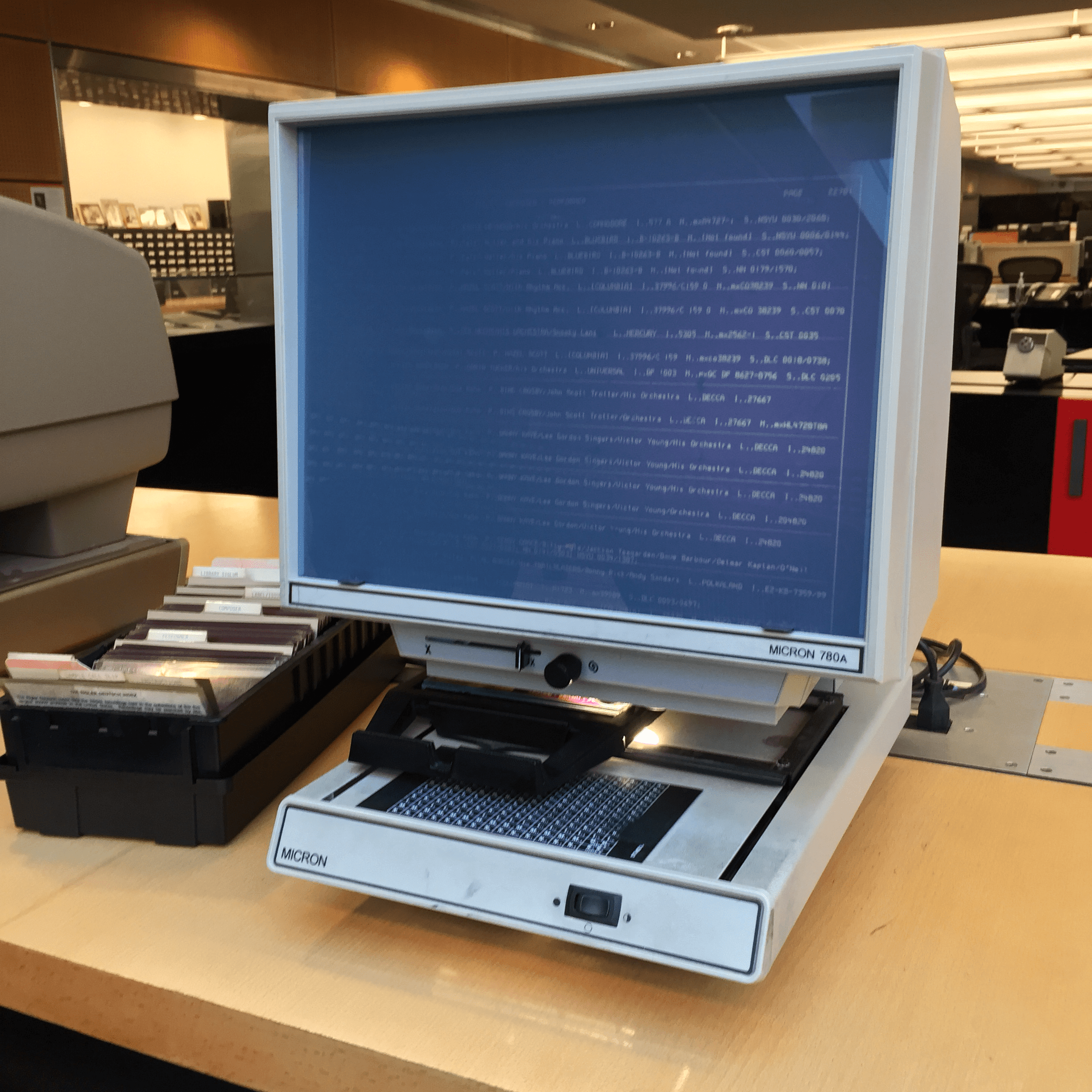
Editor's note: Just as different jurisdictions may interpret speed limits more loosely or stringently than their counterparts, different districts and states may handle retention laws differently. The first step to enacting any records retention program is to know your legal responsibilities.
Don't you just love records?
Well, no, not those records—the waxy, groovy, vinyl kind suddenly surging in popularity again. I'm talking about student records: the ones we used to call files and now call data. Let's talk about retaining and purging records, because in most districts, the conversation isn't brought up often enough.
How do I know which records to retain?
Every state education agency (SEA) probably has guidelines for student record retention, including when records must be purged—removed from safekeeping and destroyed to preserve student privacy. You can peruse an example from Wisconsin here.Skip to page 13 for the student records section. Notice anything? You will find each type of record carries its own requirements for retention or purging. Some list a range; for example, certain health records must be kept for 5–7 years. The range means your district may need to decide to err on the safe side and purge at the seven-year mark, or land somewhere in between. Some, such as attendance records, carry requirements based on when students graduate or leave the school system. This means different records could need to be purged based on individual withdrawal or enrollment dates.
Despite states releasing guidelines about record retention, it's up to individual districts to decide how to implement processes to meet those requirements. As of now, there's no magic button to push to ensure compliance. It's going to require some legwork, and an understanding of where your records are—including where they were before your current student information system (SIS).
Public education records are subject to open records requests. At any time, anyone could come in and request their records. If the record exists, the district is obligated to present it—even if it's outside of retention dates listed in SEA guidelines. It's rare to hear of any type of punishment or fine for keeping records outside of guidelines for purging. The real cost of record retention occurs when requests require you to retrieve records from legacy systems, referred to as the discovery process.
The discovery process can be fairly straightforward, in the event of typewritten or computerized records, or it can be a deep dive into archaic methods. Depending on the age of your district, your permanent records (check your state's guidelines to see which records must be kept permanently) may predate digital technology. They may be paper, or something more dinosauric—microfiche or microfilm.


In our district, founded in 1889, we had permanent records dating back to our start and a current enrollment of 11,000 students. It multiplied out to thousands of records, among them exquisite, handwritten paper gradebooks (old), microfiche with hundreds of tiny documents crowded onto them (older), and reels of microfilm (oldest).
These documents were ancient, beautiful, and completely unreadable by machine automation. They had no consistency: Some listed math first, then English, or vice versa. They were hand-created and irregular, so they were unable to be read by a machine or in any way automatically categorized. This meant when a public records request came through, the manual discovery process to dig up a very old record took a significant amount of time and effort. There's no search function but your eyeballs when you're combing through old analog files.
More concerning to your school business office, microfiche and its predecessor microfilm both require special equipment to even access the information they contain. I'd hear about districts having to call over to the police department to see if their microfiche printer was working or seek out a working machine on eBay. The obsolete technology goes for between $350 (reader only) and $1,500 (with a printer, necessary to reproduce the information from the tiny fiche film). Not a fun surprise to try to fit into a budget.
The cost of the manual discovery process alone is enough to motivate some districts to pay attention to purging requirements. Why sift through more files than you need to?
How important is record retention?
Imagine, years after graduation, having to produce a high school transcript for a new job—and coming up short. Once, we had a former student who had graduated circa 1930 apply for a job at the district. She needed her high school transcript to apply, which we were responsible to provide (and we did). The right to a quality public education doesn't stop short with graduation; it extends to being able to prove you have completed your course of study and achieved a diploma.As educators, we have a responsibility to keep track of the processes involved in educating students. These records can affect students' lives far beyond the classroom. Several times a month, parents would contact one of our schools and request attendance records to furnish to a court during custody hearings. Record retention is so much more than filing cabinets of paper gathering dust—they represent students' pasts and can have a real effect on their futures.
It's our obligation as professionals to provide the records people have a right to access. I took this enormous responsibility very seriously—record retention kept me up at night. All it would take is one natural disaster (take your pick!) and thousands of records could be lost overnight.
Even though there may not be "records retention police" (at least in Wisconsin—perhaps in your state there are), it's ethically the best thing we can do for students to uphold retention and purging guidelines. For privacy reasons, student records should be purged after the retention period. It's worth noting as well that state record retention laws can change with governmental shifts—under one administration, audits could be nonexistent, then under new leadership, stricter monitoring takes place. Nobody does a perfect job, but doing what's ethically right and following guidelines is the responsible thing to do.
How do I start working toward compliance?
If you know your district has some work to do to meet student record retention and purging guidelines, never fear. Start where you are, work with what you have, and create processes that work for your district and your SIS. Here's what you can do:- Check with the SEA to see what the regulations and requirements are.
- Take stock of the problem (even if it's hard to admit).
- Weigh your decisions carefully and use cost/benefit analysis to balance ethics with risk.
- Avoid the temptation to try to digitize everything.
- If the time comes to switch to a new SIS, make a plan for purging and retaining data from your system. This is especially important if your SIS vendor will no longer be in business.
Retention guidelines are important to students' lives in school and outside of school. By understanding and practicing your state's regulations or recommendations for purging and retaining records, you are providing students the best service possible.
Follow-up Resource: Fighting the Ransomware Threat
Keeping records secure gets harder every day. Revisit the basics to keep your data safe from attack in School Districts for Ransom.WHAT'S NEXT FOR YOUR EDTECH? The right combo of tools & support retains staff and serves students better. We'd love to help. Visit skyward.com/get-started to learn more.

|
Sarah Paul Former SIS manager, Eau Claire Area Schools |




